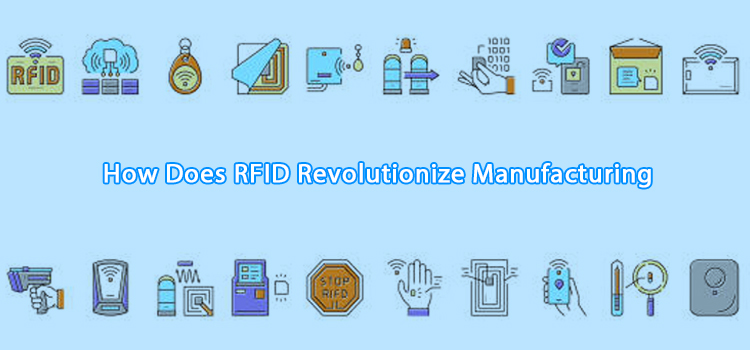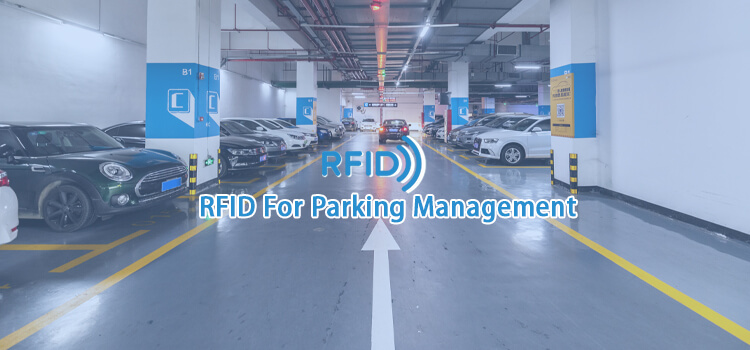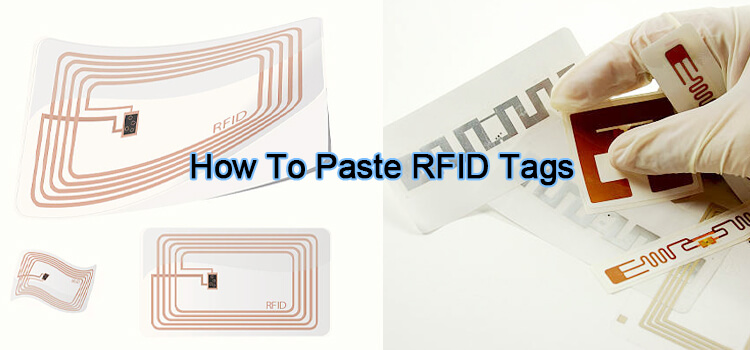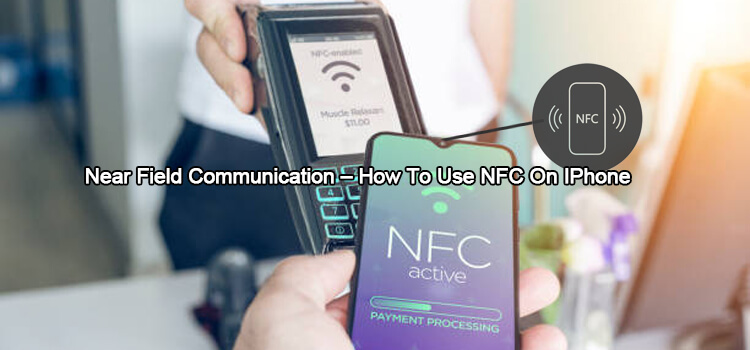RFID cards are increasingly becoming an integral part of our everyday life. If you’ve ever used any electronic identification and surveillance systems, chances are you have come across an RFID card. They’re not all that different from the average ID or credit card in terms of size and shape, but they pack a lot more technology than meets the eye.
But what is an RFID card, and how does it work? This is a technology that uses radio waves to track and identify objects. The name ‘RFID’ stands for Radio Frequency Identification, and it is used in a variety of applications such as employee ID cards, access control systems, and payment cards.
In this article, we’ll look at RFID technology, and explore the different types of cards that use this technology. By the end, you should have a better understanding of what these cards are and how they work.
Detailed Description of RFID Cards Components
When you look at your typical RFID card, you’ll not notice much difference from an ordinary plastic card. You’ll only notice its uniqueness when you use it to check out at the grocery store or open your office door.
So, what makes RFID cards unique? Why do these cards seem to have magical powers that enable them to communicate without a physical connection? Here are the components that make them tick!
RFID Chip
This is what makes RFID cards different from the average plastic card. It is a tiny computer chip that is embedded in the card, containing information about your identity and account details.
The chip is usually very small – around the size of a grain of rice – but it’s highly sophisticated and can hold thousands of bytes of data. The chip itself does not contain any energy source, so it needs a power supply to operate. Read more.
Antenna
This is a tiny metal coil embedded in the card that receives and sends out radio waves. It is a critical component that enables the chip to communicate with a reader.
Once it receives a radio signal from the reader, it converts this information into electrical power. This allows the chip to operate and process data.
Substrate
This is the part of the card that you physically see and touch. It holds the chip and antenna together and provides structural support. Substrates are usually made from plastic, although some premium RFID cards use Epoxy, wood, and other sturdy materials for added durability.
If your cards are subjected to harsh physical conditions, you must choose a hard substrate for guaranteed longevity. For example, Epoxy RFID cards are commonly used in industrial environments since they can withstand extreme temperatures, chemicals, and other environmental hazards.
How RFID Cards Work
Now that you know the components of RFID cards, let’s look at how they function. First, you need to understand the basics of how radio waves work.
Radio waves are a form of electromagnetic energy that travels through space at the speed of light. They can be used to carry data over long distances, which is why RFID cards can communicate with readers even if they are separated by distance or physical barriers.
Now, let’s look at how this process works in an RFID card:
When you wave your RFID card in front of the RFID reader, it sends out a short burst of radio waves. These radio waves are detected by the antenna on your card and converted into small electrical currents.
The currents activate the RFID chip, and it responds by transmitting a unique ID code. This code identifies who you are, your account details, and other information as required by the RFID system.
The reader then decodes this data to check if it matches its internal record of your account details. If there is a match, it will grant you access to whatever service or facility you’re trying to access.
However, some cards have instituted several security measures. For example, some RFID systems require users to enter a PIN before they can gain access. This helps ensure that only authorized users can complete transactions using their RFID cards.
Different Types of RFID Cards
RFID cards are available in different shapes, sizes, and configurations, depending on their intended use. Here are some of the most common classifications:
Classification Based on Frequency Used
Frequency refers to the range of electromagnetic waves that a particular system uses. Different types of RFID cards use different frequencies, depending on their purposes and capabilities. Here are the most common options:
- Low-Frequency (LF) RFID Cards. These cards use frequencies ranging from 30 kHz to 300 kHz and are typically used for identification purposes. Since they use low-frequency radio waves, the signal range is limited, making them more secure than other types of RFID cards.
- High-Frequency (HF) RFID Cards. These cards operate at a frequency of 13.56 MHz, giving them a long communication range (approximately 4 inches). It is the most common frequency used in credit cards, proximity cards, and other payment cards.
- Ultra-High Frequency (UHF) RFID Cards. These cards operate at a frequency of 860 MHz, making them the most powerful option available. They have a longer communication range than HF cards and are typically used for supply chain and logistics applications.
Classification Based on Power Source
Another way to categorize RFID cards is by their power source. Typically, there are two types of RFID cards:
- Active RFID Cards. These cards use a battery and an internal transmitter to send data over longer distances than passive cards can manage. However, they also have limited battery life and require regular recharging.
- Passive RFID Cards. These cards do not use an internal battery to power their transmissions. Instead, they rely on electromagnetic energy emitted by the reader to transmit data over a short range. As such, they are more commonly used in access control systems and other short-range applications.
Classification Based on Substrate Material
RFID cards are typically made of plastic and can take on different forms, including:
- Epoxy RFID Cards. Epoxy resin is the best material to use if you are looking for cards that are durable, water-resistant, and shatterproof. They are ideal for industrial and outdoor applications where the card could be exposed to harsh conditions.
- Wooden RFID Cards. Using wood as the substrate material for RFID cards is a bit of an anomaly, but it does have certain advantages. For example, wooden RFID cards are more durable and long-lasting than plastic ones, which makes them ideal for high-volume applications.
- Fiberglass RFID Cards. Fiberglass is another unique material choice for RFID cards, and it can be beneficial in certain situations. For example, if you are looking for an RFID card that is particularly durable or waterproof, fiberglass might be the best option to consider.
- PVC RFID Cards. PVC is the most common material used for credit cards and other payment cards. It is inexpensive and easy to work with. However, it has certain drawbacks and limitations, such as susceptibility to wear & tear and breaking down under extreme temperatures.
As you can see, there are many different types of RFID cards available on the market today. When deciding on the right type of card for your application, consider factors like power source, substrate material, and intended use.
What are the Benefits of Using RFID Cards?
RFID cards offer several key benefits, including:
- Enhanced Security. RFID cards make it easier to track who accesses your building. You can also use them to restrict access to certain areas, ensuring only authenticated individuals can enter.
- Speed and Convenience. RFID cards can be read quickly and easily, allowing users to gain access without having to fumble with a key or punch in a PIN code. This way, you’ll increase efficiency and improve the overall user experience.
- Time and Cost Savings. RFID cards can help reduce operating costs by eliminating the need for keys, locks, or manual entry systems. You’ll also save time since your employees won’t have to spend it programming individual access codes.
Overall, RFID cards have many benefits that can help improve the security, efficiency, and cost-effectiveness of your facility or operation. However, how well they work for your organization will depend on many factors, such as your specific needs and budget. As such, you must research and carefully consider your options before making a final decision.





